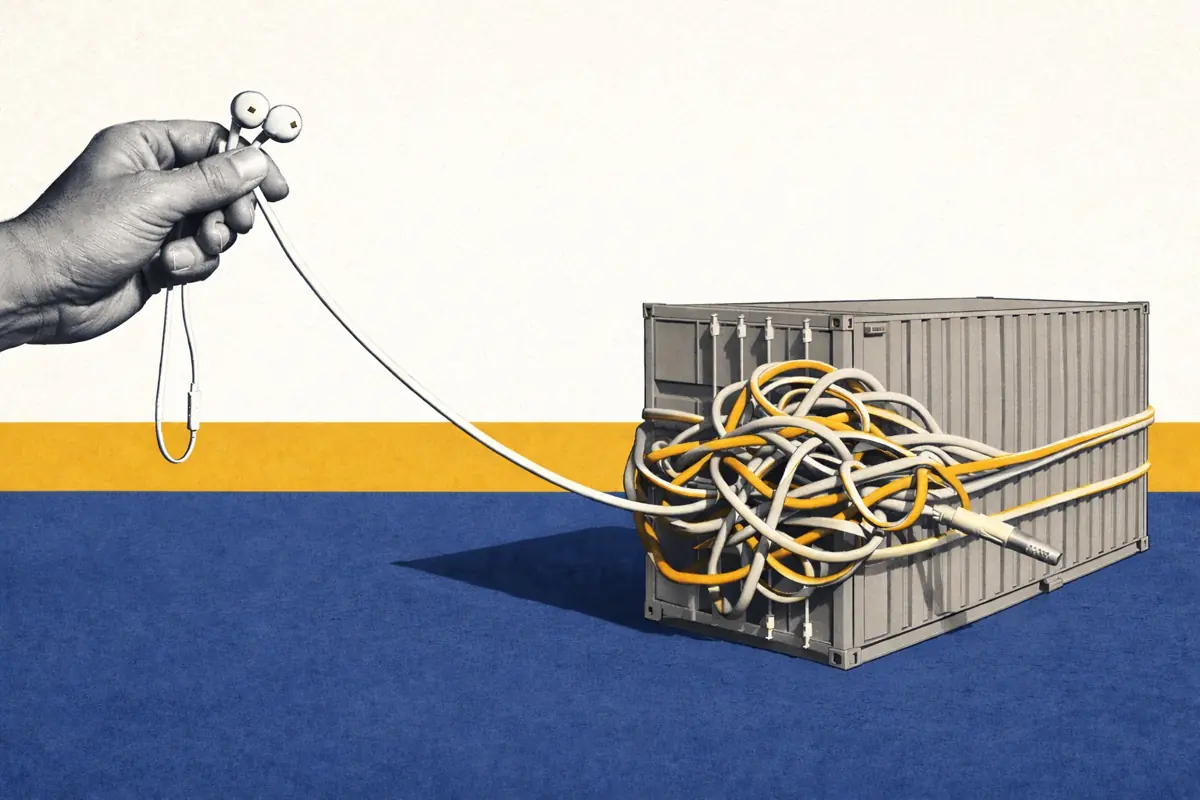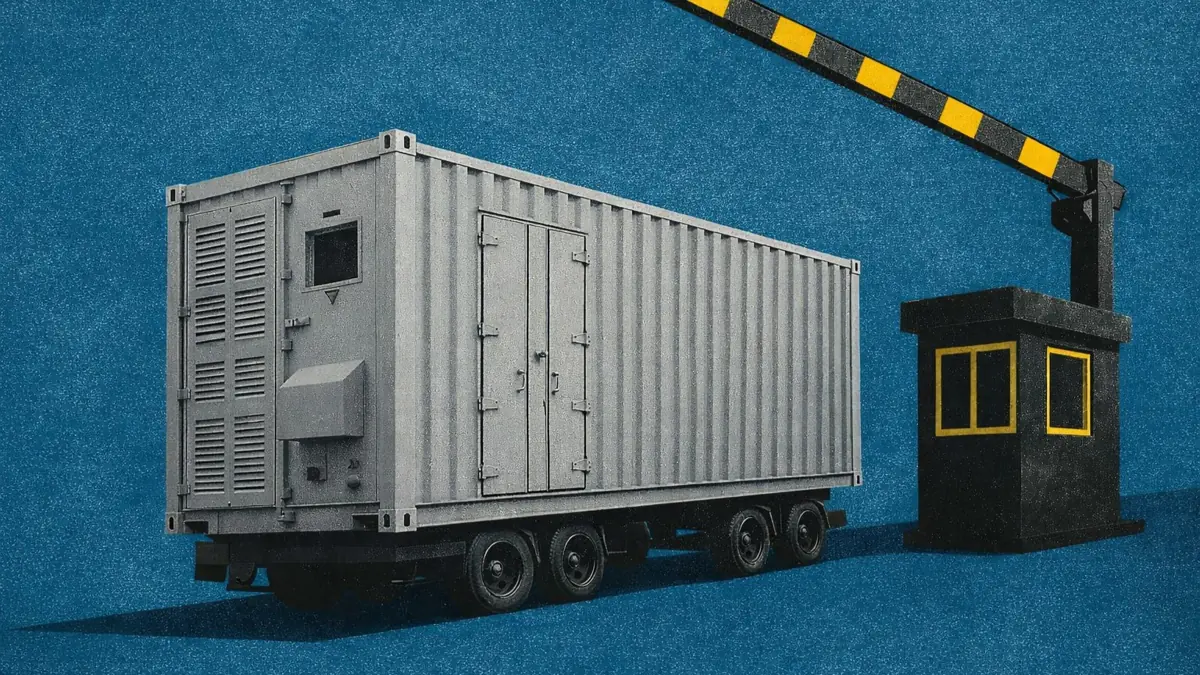Italy’s Capacity Market: Stable by design
Since 2019, Italy’s capacity market has maintained an average of 42 GW of firm capacity under contract each year, ensuring reliability as coal retires and renewables grow.
By paying generators and storage a fixed annual payment per MW of firm capacity, Terna seeks to maintain an adequacy standard of no more than 3h per year where demand exceeds supply.
Through a combination of adequacy-based targets and capped returns, the mechanism keeps revenues stable and reflective of system needs, rather than short-term market volatility.
Auction structure: encouraging firm capacity
Terna aims to hold one main capacity auction each year to secure firm capacity for future delivery periods.
The auction covers several capacity categories, with varying contract lengths depending on the asset’s status.
Each auction unfolds through several short bidding rounds, during which participants can adjust their bids downwards.
To remain active in further rounds, a reduction of at least 4% is required; this prevents trivial price moves and strategic probing.
How capacity market prices are set: linking value to reliability
The capacity market auctions are pay-as-cleared, meaning all successful participants in a category receive the same price.
That price is set where Terna’s demand curve meets the total supply of de-rated capacity. De-rating adjusts each unit’s capacity to reflect its expected availability when the system is under stress.
Terna clears all zonal supply and demand curves together in a single national auction, allowing capacity to contribute across zones within predefined transfer limits. Prices tend to align nationally but diverge when local constraints emerge.
Demand curve
Terna’s demand curve links the value of firm capacity to the system reliability it provides.
It’s derived from the loss of load expectation (LOLE) — the number of hours per year that demand is expected to exceed available supply.
As more de-rated capacity is added, reliability improves and the marginal value of additional capacity declines. The curve is capped at a premium reflecting the cost of new peaking generation, ensuring payments track the system value of avoiding outages.
A minimum MW gap between points B and C, roughly the size of a large generator, is enforced to prevent abrupt price jumps if a major unit enters or exits the auction.
Supply curve
Each zone’s supply curve aggregates qualified offers in gigawatts of de-rated capacity.
De-rating adjusts installed capacity to account for how consistently a technology can deliver during a scarcity event. A lower de-rating factor means a greater share of capacity counts as firm, while a higher de-rating reflects more variable output.
Thermal plants have de-rating factors around 23%, while solar sits near 88%, due to its intermittency. For batteries, de-rating decreases with duration, from around 76% for 1-hour systems to roughly 10% for 8-hour units, reflecting their capability to address longer scarcity events.
Already a subscriber?
Log in







